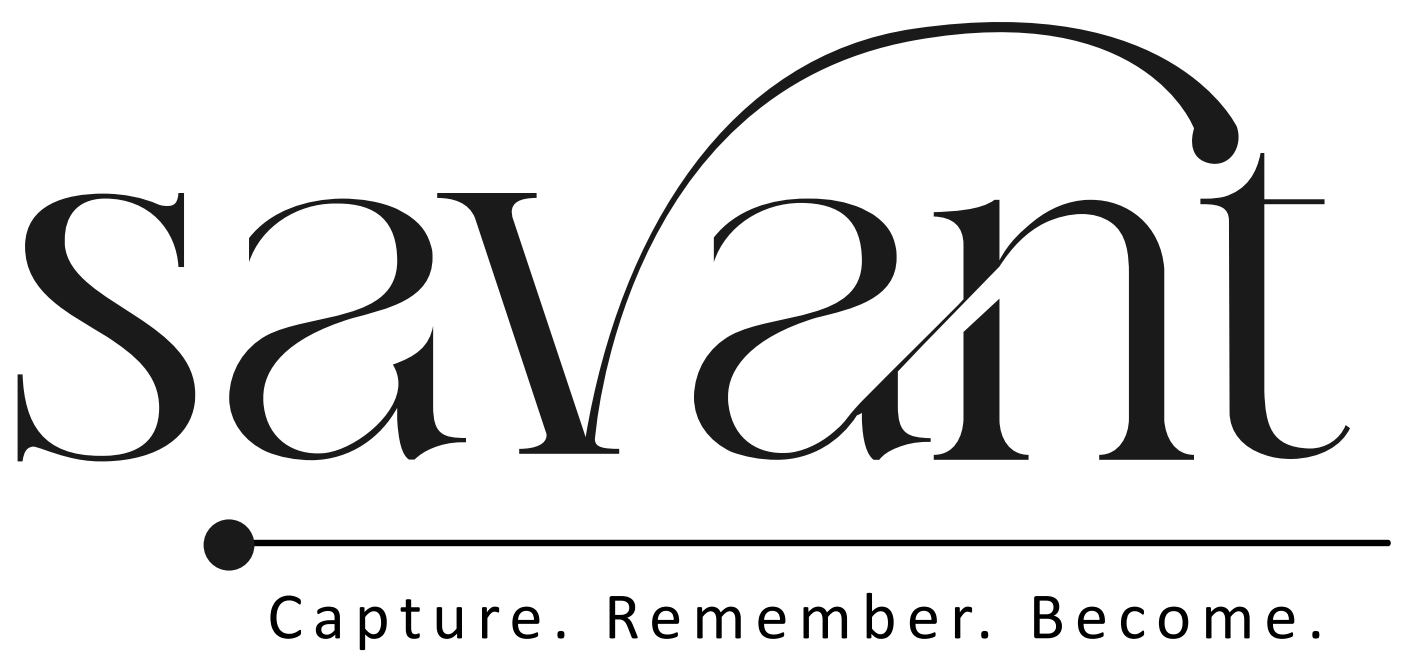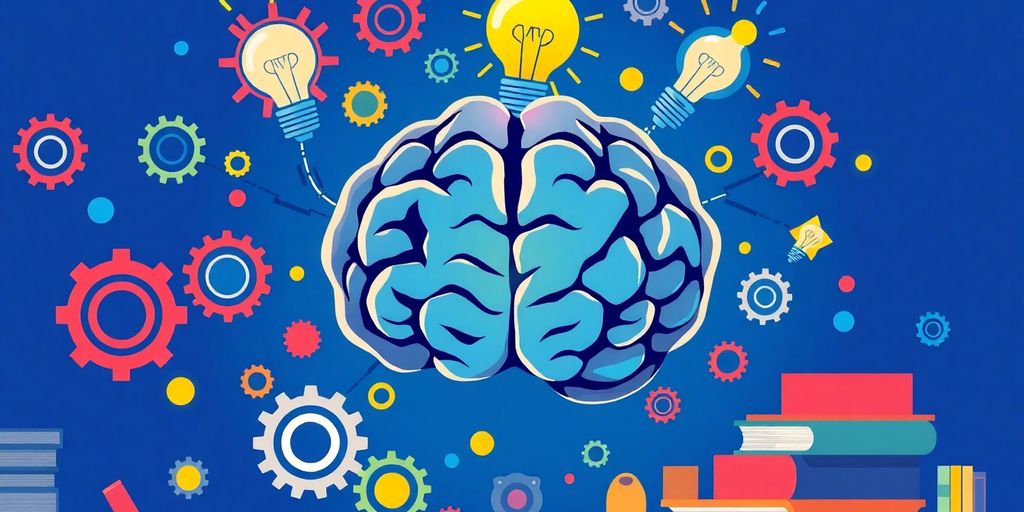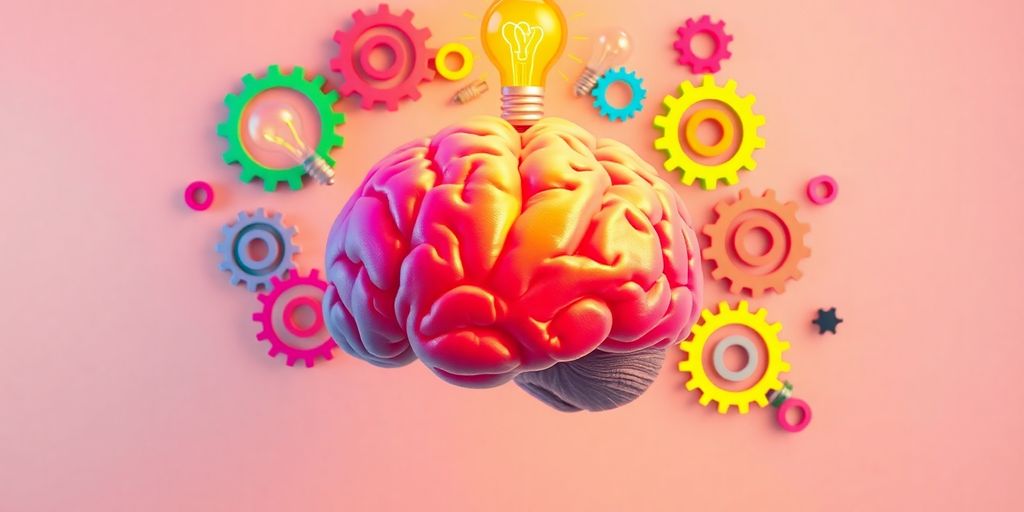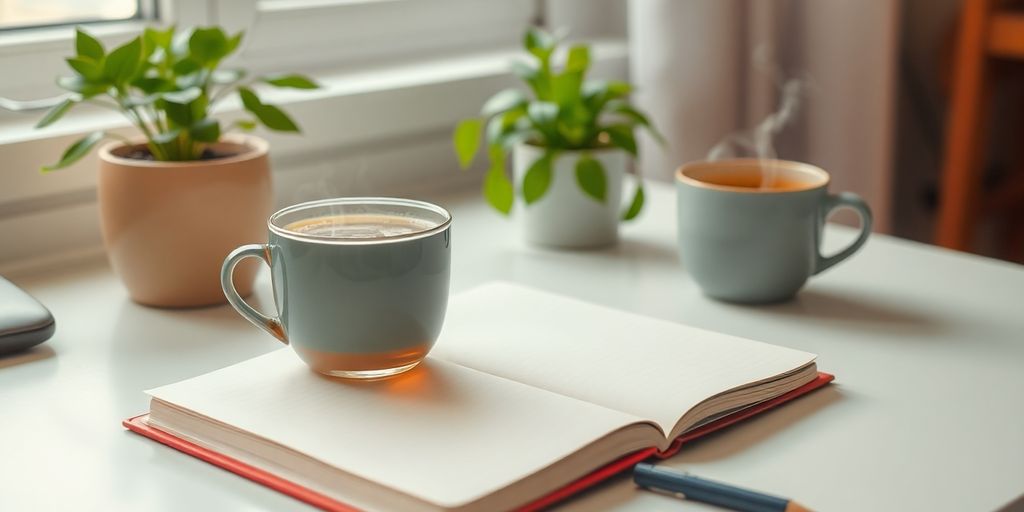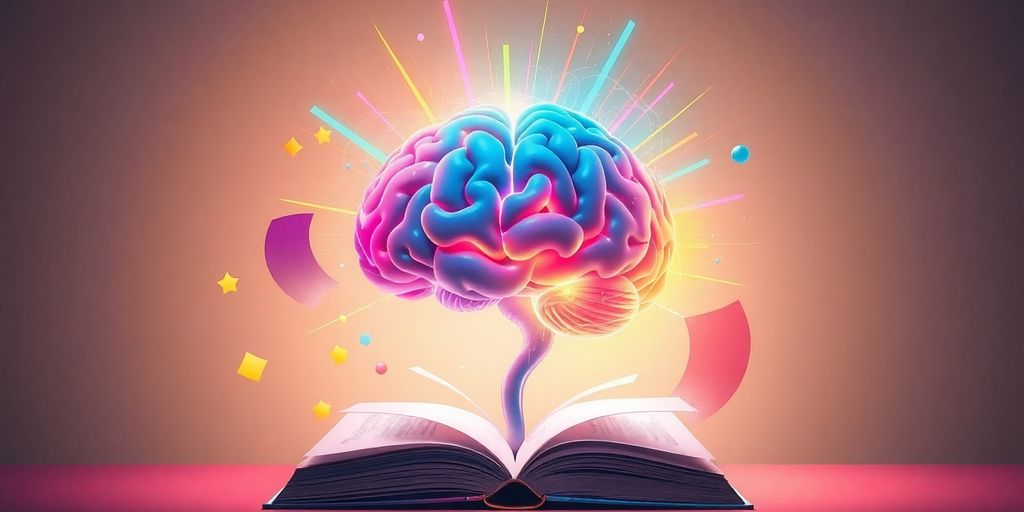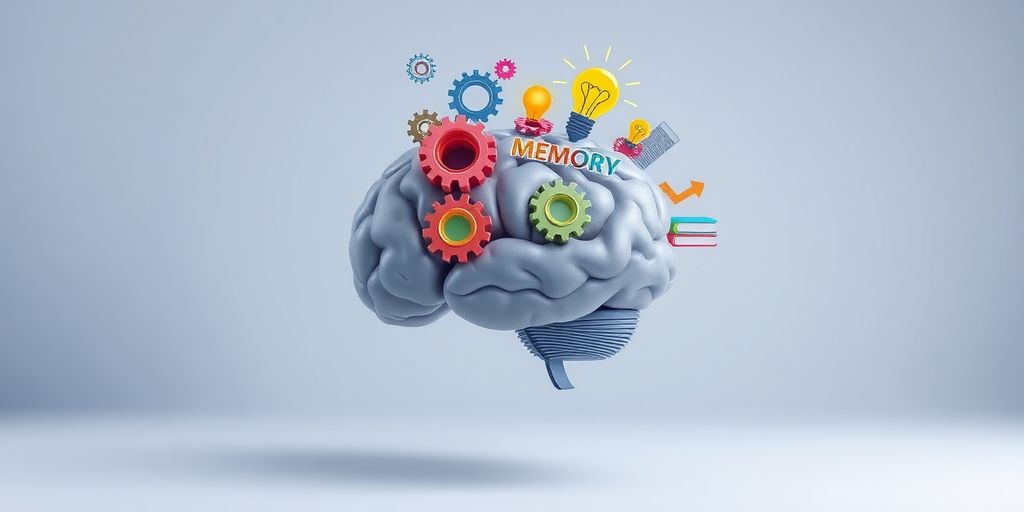Studying can be tough, especially with all the distractions around us. But there are some cool tricks you can use to boost your memory and make learning a bit easier. Whether it’s finals week or you’re just trying to keep up with weekly assignments, using memory techniques can really help. Let’s dive into some methods that make studying not just bearable, but actually effective.
Key Takeaways
- The Method of Loci ties information to familiar places to improve recall.
- Speaking aloud can help move information to long-term memory.
- Creating personalized mnemonics aids in memorizing complex information.
- Associating scents with subjects can trigger stronger recall during exams.
- Using active learning techniques like flashcards boosts memory retention.
Mastering Memory Techniques for Study Success
Understanding the Method of Loci
Ever heard of the method of loci? It’s like taking a mental stroll through your house, but instead of just walking around, you’re dropping bits of info at each stop. Imagine you’re trying to memorize the steps of photosynthesis. As you "walk" through your kitchen, you might place the light reaction near the fridge and the Calvin cycle by the sink. This trick has been around since ancient Rome, and it’s still a hit with memory champs today.
The Power of Speaking Aloud
Next time you’re studying, try reading your notes out loud. It might feel a bit silly, but saying things aloud can make them stick better. Like when you’re trying to remember a list, and you just keep repeating it to yourself. Turns out, your brain loves that kind of repetition. So, grab your textbook and start narrating your way to better grades.
Creating Your Own Mnemonics
Mnemonics are those little memory aids that help you remember stuff, like "Every Good Boy Does Fine" for musical notes. But why not make your own? Maybe you need to remember the order of planets, so you come up with a funny sentence that only makes sense to you. Personalized mnemonics are like your brain’s secret weapon, helping you recall info when you need it most.
"Memory techniques might feel awkward at first, but they’re like riding a bike—once you get the hang of them, they’re incredibly useful."
Engaging Your Senses for Better Recall

Tying Subjects to Scents
Ever notice how a whiff of something familiar can bring back a flood of memories? That’s because scent is a powerful memory trigger. Try pairing different subjects with specific scents. For example, use lavender when studying history and peppermint for math. When you take the test, bring a hint of that scent with you—either on your clothes or as a small scented item. This can help jog your memory and bring back what you studied. This technique might feel a bit odd at first, but it could make a big difference.
Using Colorful Notes
Colors can be more than just pretty—they can help you remember stuff better. Grab some colored pens or highlighters and start coding your notes. Maybe use blue for definitions, red for important dates, and green for examples. This visual cue helps your brain organize information, making it easier to pull up when needed. Plus, it just makes studying a bit more fun.
Incorporating Music into Study Sessions
Music isn’t just for background noise; it can also be a study tool. Create a playlist that complements your study material. Classical music or instrumental tracks are often recommended because they’re less distracting. You can even make up little tunes or jingles to remember facts or lists. Just like playing an instrument, this taps into different parts of your brain, which might help you remember better. Give it a try and see if your study sessions hit a new note.
Pro Tip: Don’t be afraid to mix and match these sensory techniques. The more senses you engage, the better your recall might be. It’s all about finding what works for you and making study time a bit more lively and memorable.
Active Learning Strategies That Stick
Utilizing Flashcards Effectively
Flashcards are a classic tool, but using them the right way can make all the difference. The Leitner System is a popular method that involves sorting cards into different boxes based on how well you know each one. Start with all your cards in Box 1. If you get a card right, move it to the next box. If you get it wrong, keep it in the same box or move it back. This way, you’re focusing more on the cards that need extra attention. Here’s a simple schedule to follow:
- Every day: Study cards in Box 1.
- Every two days: Review cards in Box 2.
- Every four days: Go over cards in Box 3.
- Every nine days: Check cards in Box 4.
- Every 14 days: Look at cards in Box 5.
This approach helps reinforce your memory by spacing out your review sessions.
Practicing Retrieval Techniques
Retrieval practice is all about pulling information out of your brain. Instead of just reviewing notes, test yourself regularly. Write down what you remember about a topic and then check your notes to see what you missed. This method is more effective than passive review because it forces you to actively engage with the material. Remember, the more you practice recalling information, the better you get at it.
Embracing Group Study Sessions
Studying with others can make learning more dynamic and less of a chore. When you’re in a group, you can explain concepts to each other, which helps reinforce your understanding. Plus, discussing topics with peers can provide new insights and perspectives you might not have considered. Try using gamified platforms like Kahoot or Quizlet to make your sessions more interactive and fun. They introduce a bit of competition, which can boost engagement and help you retain information better.
Group study sessions not only enhance learning but also build camaraderie among students. It’s a chance to learn from each other while making the study process more enjoyable.
Optimizing Your Study Environment
Finding Your Ideal Study Space
When it comes to studying, location can make a huge difference. Finding a space that suits your needs can help you focus better and absorb information more effectively. Some people thrive in the quiet solitude of a library, while others prefer the buzz of a coffee shop. Try out different spots and see where you feel most productive. Remember, comfort is key, so make sure your chosen place has good lighting and a comfortable chair.
Eliminating Distractions
Distractions are the enemy of productivity. To truly focus, you need to minimize interruptions. This means turning off notifications on your phone and computer, and maybe even using apps that block distracting websites. It’s also a good idea to let people around you know that you’re in study mode so they can avoid interrupting you. Think of your study time as sacred—it deserves your full attention.
Switching Up Your Study Locations
Switching up your study locations might sound counterintuitive, but it can actually boost your recall ability. When you study in different places, your brain creates new associations with the material, which can help with memory retention. So, if you usually study at home, try hitting up a new coffee shop or the local library. This change of scenery can keep things fresh and help you stay motivated.
"Creating a study environment that minimizes distractions and maximizes comfort can significantly enhance your learning efficiency."
For more tips on creating effective study habits, consider finding a suitable study environment that aligns with your personal preferences. This will help you not only in retaining information but also in enjoying the process of learning.
The Science Behind Spaced Practice
Spaced practice is like giving your brain a workout over time rather than cramming it all at once. This technique is about spreading out your study sessions, so the info sticks better. When you space things out, your brain gets a chance to rest and make connections, which makes it easier to remember stuff later on.
Understanding Distributed Learning
Distributed learning is all about breaking down your study time into chunks. Instead of one long marathon session, you do a bit each day. This approach helps your brain to absorb and retain information more effectively. Imagine learning a new language—practicing a little every day is way more effective than trying to memorize everything in one night.
Creating a Study Schedule
A study schedule is your roadmap to success. Start by figuring out what you need to learn and when your deadlines are. Then, break it down into manageable chunks. Here’s a simple way to get started:
- List all your subjects.
- Set specific days for each subject.
- Allocate time slots that fit your daily routine.
Reviewing Material Over Time
Reviewing material over time is like giving your brain a chance to revisit and reinforce what you’ve learned. It’s not just about reading notes; it’s about actively engaging with the material. Try these tips:
- Summarize the key points in your own words.
- Quiz yourself regularly.
- Discuss topics with friends or study groups.
Remember, the key to spaced practice is consistency. It’s about making a habit of learning in a way that fits your life. Over time, you’ll find that this method not only helps you remember better but also makes studying less stressful.
Visual Techniques for Enhanced Memory
Mind Mapping for Clarity
Mind mapping is a fun way to organize your thoughts. You start with a central idea, then branch out with related topics. This technique helps you see the big picture and how everything connects. It’s like creating a roadmap for your brain! Use colors, symbols, and images to make your mind map more engaging.
Using Diagrams and Charts
Diagrams and charts are perfect for visual learners. They break down complex information into manageable chunks. Try using a pie chart to represent percentages or a flowchart to show a process. Visual aids make it easier to remember details and understand concepts.
Visual Storytelling in Learning
Turning information into a story can make it stick. Imagine you’re learning about historical events—create a narrative that links them together. This method taps into your brain’s natural love for stories, making facts more memorable.
Visual techniques aren’t just about seeing—they’re about creating connections in your mind that make learning more enjoyable and effective. When you use these strategies, you’re not just memorizing; you’re building a framework that makes information easier to retrieve later on.
Building a Routine for Memory Mastery
Establishing Consistent Study Habits
Creating a routine is like setting up a safety net for your brain. When you study at the same time every day, it signals your brain that it’s time to focus. Consistency helps your brain get into a groove, making it easier to absorb information. Start small, maybe just 20 minutes a day, and gradually build up. Find a time that fits your natural rhythm—are you a morning person or a night owl? Stick to it and watch your memory improve.
Incorporating Sleep for Memory Retention
Sleep is your brain’s best friend. During sleep, your brain processes and stores all the information you’ve learned throughout the day. Try reviewing your notes right before bed. This simple trick can help cement the information in your memory. It’s not just about quantity but quality—aim for deep, restful sleep. If you struggle with getting enough shut-eye, try cutting back on caffeine and setting a regular bedtime.
Setting Realistic Study Goals
Let’s be real: setting sky-high goals can lead to burnout. Instead, break your study sessions into manageable chunks. Use the SMART criteria—Specific, Measurable, Achievable, Relevant, and Time-bound—to set goals. For instance, instead of "study biology," try "review chapters 3 and 4 and summarize key points." Achieving these smaller goals can boost your confidence and keep you motivated.
"Creating a study routine isn’t just about discipline; it’s about setting yourself up for success. By balancing consistency, sleep, and realistic goals, you’re not just learning—you’re mastering memory."
By incorporating these strategies, you’ll find that studying becomes a part of your lifestyle, not just a task on your to-do list. And remember, everyone’s routine will look a bit different, so tailor it to fit your life and learning style. For more on memory techniques, check out our evidence-based techniques article.
Wrapping It Up
So, there you have it! With these memory techniques, you’re all set to tackle your study sessions like a pro. Remember, it’s not about cramming everything in one go, but finding what clicks for you and sticking with it. Whether it’s using mnemonics, saying things out loud, or even tying a subject to a scent, there’s a method out there that can make your study time more effective and maybe even a bit fun. Give them a try, mix and match, and see what sticks. And hey, don’t stress too much—learning is a journey, not a race. Good luck, and happy studying!
Frequently Asked Questions
What is the Method of Loci?
The Method of Loci is a memory trick where you imagine placing information along a path you know well, like your house. To remember, you mentally walk through that path.
How can speaking aloud help with memory?
Speaking aloud can help because it makes the information stand out more in your mind. By hearing yourself say it, the information is more likely to stick.
What are mnemonics and how do they help?
Mnemonics are fun ways to remember information, like using a rhyme or song. They make hard things easier to remember by connecting them to something simple.
How does using scents improve studying?
Using scents while studying links smells to the information. When you smell that scent again, it can help you remember what you studied.
Why is changing study locations helpful?
Changing where you study can make your brain work harder to remember information, which helps it stick better.
What is spaced practice?
Spaced practice means spreading out your study time. Instead of cramming, you review information over days or weeks, which helps you remember it longer.
